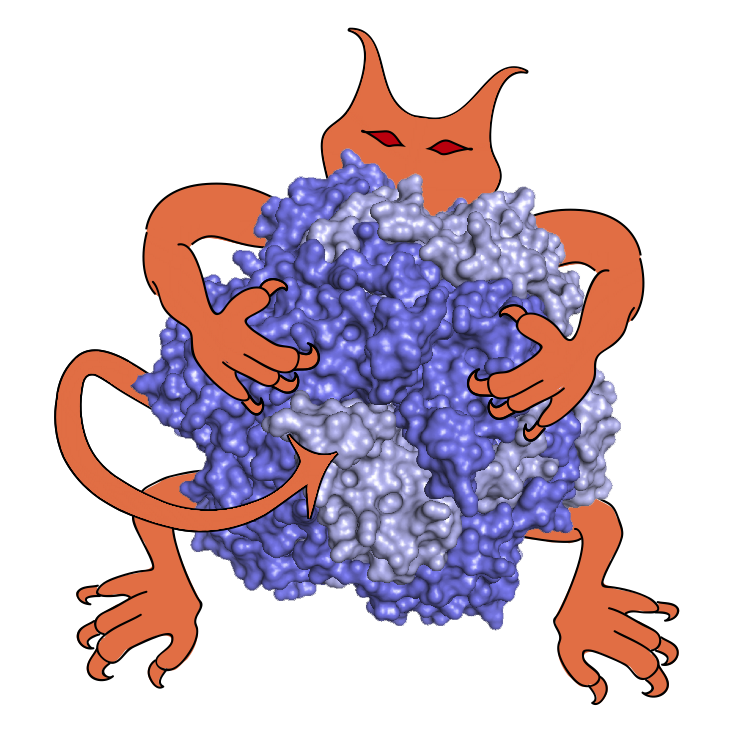This example prints out various statistics about a prospective Brownian dynamics simulation. You can use the statistics to determine if the time step is likely to be sufficiently short given the forces and particle sizes involved.
15 minimum_particle_radius = 10
17 maximum_spring_constant = 1
19 maximum_diffusion_coefficient =\
24 expected_rotational_delta =\
26 time_step) * minimum_particle_radius
28 expected_spring_diffusion_length =\
30 .5 * maximum_spring_constant *
31 4 * expected_delta ** 2, time_step)
33 print(
"with a time step of", time_step,
"fs")
34 print(
"an object of radius", minimum_particle_radius,
"A will move",
35 expected_delta,
"A and a point on its surface will move",
36 expected_rotational_delta,
"A more")
37 print(
"the motion from fluctuations in the spring compression will be",
38 expected_spring_diffusion_length,
"A")
39 print(
"and a compression of 10% of the radius will induce a motion of",
41 .5 * maximum_spring_constant *
42 (.1 * minimum_particle_radius) ** 2,
